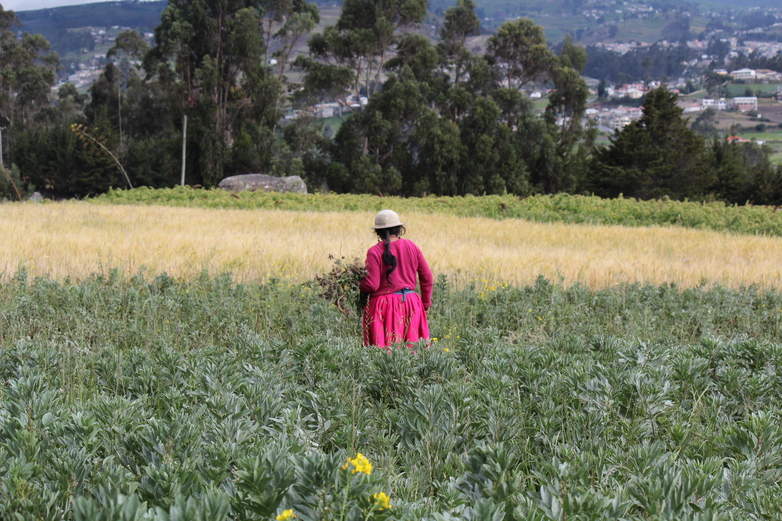Better protecting high Andean wetlands, restoring them and using them in an environmentally friendly and climate-conscious way
Protection and Sustainable Management of Ecosystems in the Andes (Montañas II)
 © GIZ Ecuador / Andres Pomboza
© GIZ Ecuador / Andres Pomboza
Protection and Sustainable Management of Ecosystems in the Andes (Montañas II)

German Federal Ministry for Economic Cooperation and Development (BMZ)

Ecuador

Ecuador, Ministry of Environment, Water and Ecological Transition (MAATE)
Ecuador - Ministry of Environment, Water and Ecological Transition (MAATE)

2024 to 2027

National Institute of Biodiversity (Instituto Nacional de Biodiversidad
National Institute of Biodiversity (Instituto Nacional de Biodiversidad, INABIO), local universities, water fund, non-governmental organisations, Ministry of Agriculture and Livestock (Ministerio de Agricultura y Ganadería, MAG), Ministry of Tourism (Ministerio de Turismo, MINTUR), independent local authorities in the intervention area, implementation organisations of other projects in the Andean highlands

Climate, environment, natural resource management
Ecuador’s high Andean wetlands are being destroyed to create pasture and agricultural land. This is having a devastating impact on biodiversity. Moreover, the effects of climate change, including glacial melt, shorter precipitation periods and drought, are changing the water balance and affecting fertile soil in the area.
National and local decision-makers have recognised this problem and introduced promising new processes to protect and restore wetlands and use them in an environmentally friendly and climate-conscious way. These include participatory decision-making with interest groups, strategic policy-making and planning, and incentives and compensation. However, the measures have only been effective in a limited number of cases thus far. The framework conditions and expertise needed to expand tried-and-tested initiatives are lacking.
The regulatory, technical and financial framework conditions needed to protect and restore high Andean wetlands and use them in an environmentally friendly and climate-conscious way have been improved. This includes Ramsar areas that, under the global Ramsar Convention, are of international importance for biodiversity and must therefore be protected and used in a future-oriented manner.
 © GIZ Ecuador / Juan Castillo
© GIZ Ecuador / Juan CastilloThe project operates in three areas:
Last update: December 2024